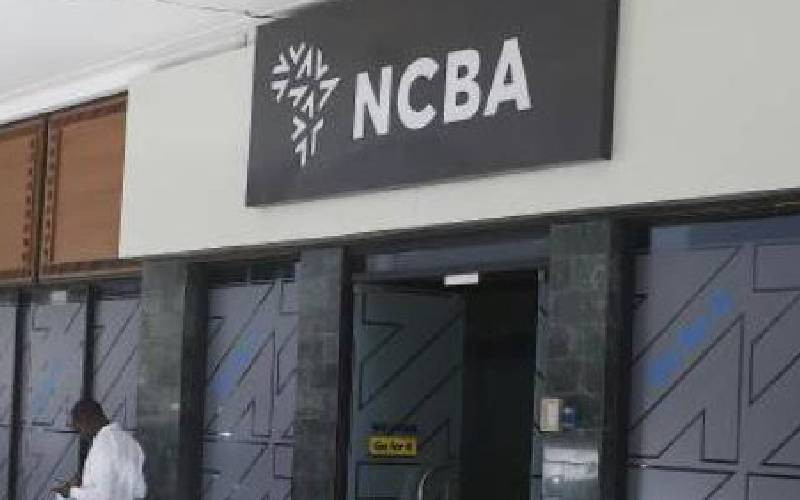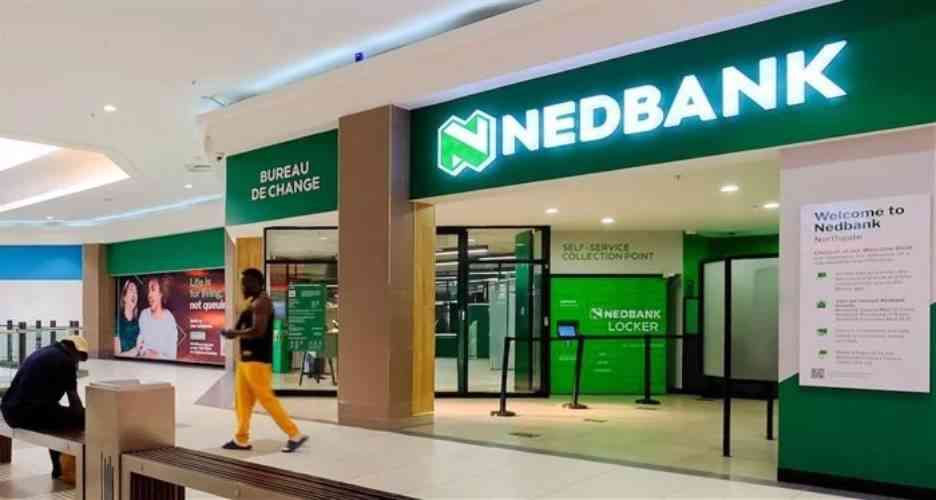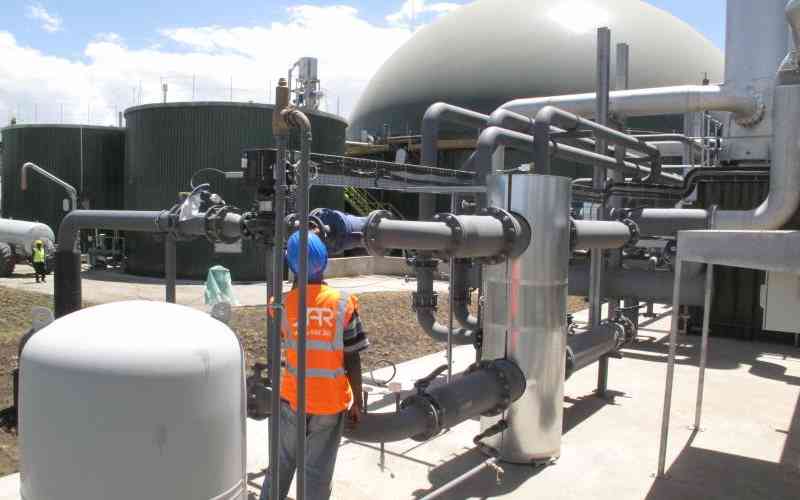×
The Standard e-Paper
Fearless, Trusted News
If only the developers of the 70 storey building — Pinnacle Towers in Upper Hill, Nairobi — knew how inactive single or two-storey buildings have been, they would stop the building’s frantic clamber for the heavens and bring it down to earth, closer to reality.
It is not only developers of this skyscraper expected to be Africa’s tallest building by 2021, that need a dose of reality, the entire real estate needs to be shaken out of its self-inflicted illusion of grandeur.







